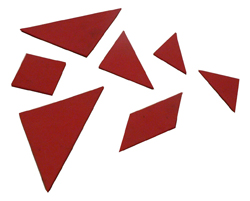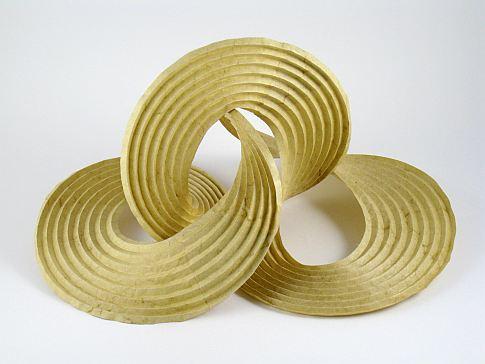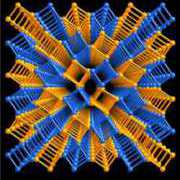
What if we treated star students like star athletes? That’s the question that motivated this video about Sam Dittmer, Hyrum Golze, and Robert Yang– three of BYU’s top mathletes. See the video here
We Use Math Blog
Tangrams

These ancient Chinese puzzles have fascinated mathematicians for centuries. Their geometrical proportions and infinite possibilities have made them useful for practices in logical thinking. Fu Tsiang Wang and Chuan-chin Hsiung mathematically proved in 1942 the existence of a finite set of patterns referred to as "convex". Meaning that there are no indentations along the outside edge and an inside line from any edge to any other edge will not go outside the edges of the design. There are only 13 silhouettes that qualify. Read more about the history of this remarkable puzzle as well as some of the possibilities it has here.
Reaching out to all students
Giving considerations that every child in our classroom learns differently (multiple intelligence theory) how can we make sure to reach out to all of our students when it comes to math.
Mathematic Sculpturing

Erik, a math prodigy who was honored in Popular Science’s second annual Brilliant 10, and his father Martin, an artist who was drawn into math through his son, built the piece by starting with a three-dimensional hexagon they folded from paper. They then inputted the shape into a computer and virtually erased all of the paper, so that only the creases remained. To read the full article click here
Screwy Symmetry

New mathematical discoveries have made it possible to transform a clockwise helix into a counterclockwise one, or vice versa. To read the full article click here.